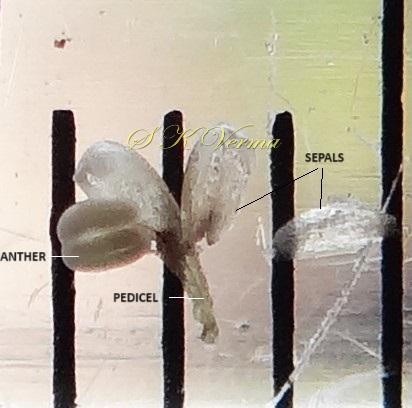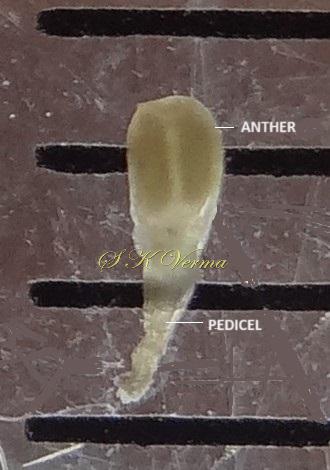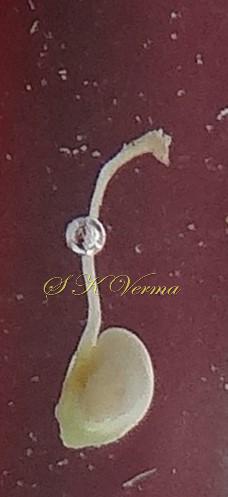Ficus benjamina **
Ficus benjamina
L., Mant. pl. 1: 129. 1767; King in Hook. f., Fl. Brit. Ind. 5: 508. 1888; Brandis, Ind. trees 604. 1906; Corner, Gard. Bull. 21(1): 21. 1965; Bailey et al., Hort. Third 477. 1976; Corner in Dass. & Fosb., Rev. Handb. Fl. Ceylon 3: 256. fig. 15. 1981; Fl. China @ eFloras.org 5: 45; Fl. North Amer. @ eFloras.org vol. 3; Ghafoor, Fl. Pak. @ eFloras.org p. 16; F. comose Roxb., Pl. Coromandel. 2: 14. 1779; F. nitida Thunb., Ficus 10. 1786; Urostigma benjaminum (L.) Miq., London J. Bot. 6: 583. 1847.
Evergreen trees, up to 20 m tall, with wide spreading crown. Roots adventitious, aerial and hanging from main branches; branchlets grey-white to brownish, pendulous, glabrous; bark light- grey, smooth. Stipules paired, lanceolate, 0.8-1.3 cm x 2 mm, membranous, glabrous, caducous. Leaves alternate; petiole 1-1.5 cm long, adaxially grooved; leaf lamina ovate-elliptic to ovate-lanceolate, 3-10 cm x 2-5.5 cm, glabrous, base rounded to cuneate, margin entire, apex shortly to long acuminate or cuspidate; secondary veins 6-14 from each side of midrib, prominent, regularly spaced, uniform, close and nearly parallel, anastomosing near margin. Hypanthodia usually in axillary pairs, sessile, globose-ovoid or pyriform, glabrous, yellowish-green, 1-1.5 cm in diameter, subtended by 2-3 crescentric, often unequal-sized basal bracts, 0.5-1.5 mm, apical office depressed, closed by 3 minute apical bracts, 1.5-2 mm wide; internal bristles absent. Male, female and gall flowers in same hypanthodium. Male flowers dispersed, pedicellate, pedicels ca. 1.5 mm long. Sepals 3, free, ca. 1.2 mm x 0.6 mm. Stamen solitary, slightly exserted; anther ca. 1 mm x 1 mm, bithecous; filament very short. Female flowers and gall flowers: Numerous, sessile. Sepals 3-4, +/- spathulate. Ovary ovoid with lateral style; style relatively shorter in gall flowers than in female flowers; stigma of female flowers enlarged.
Ripe figs orange-red, 2-2.5 cm in diameter, glabrous. (Ripe figs not observed)
Common Names: : Weeping Fig
** Most commonly used species of Ficus as ornamental and also hedge plant.
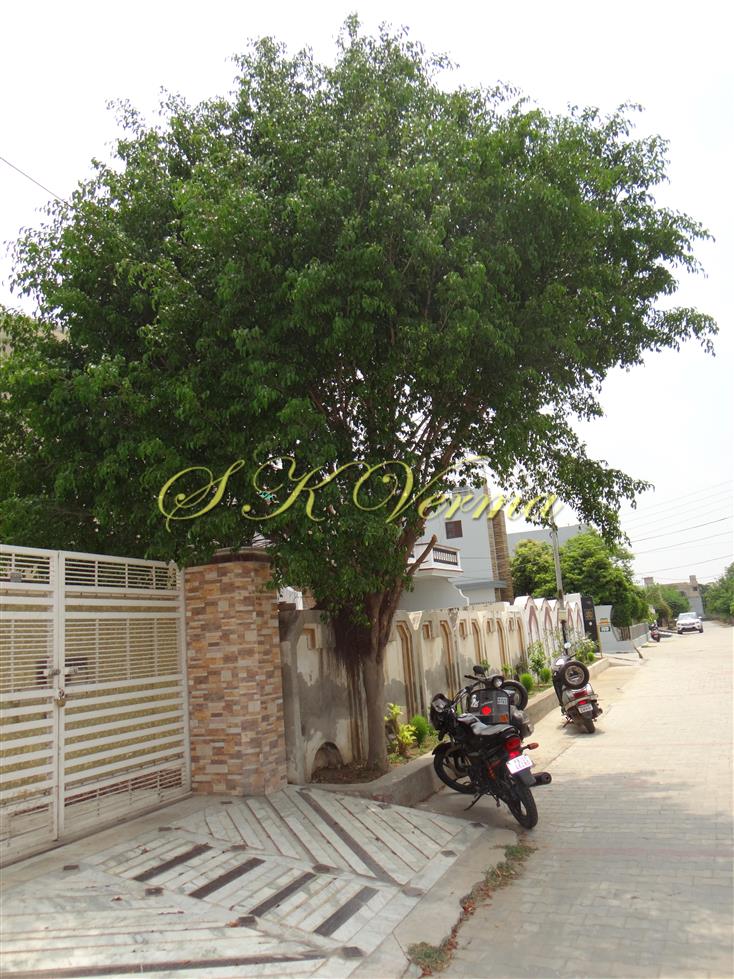
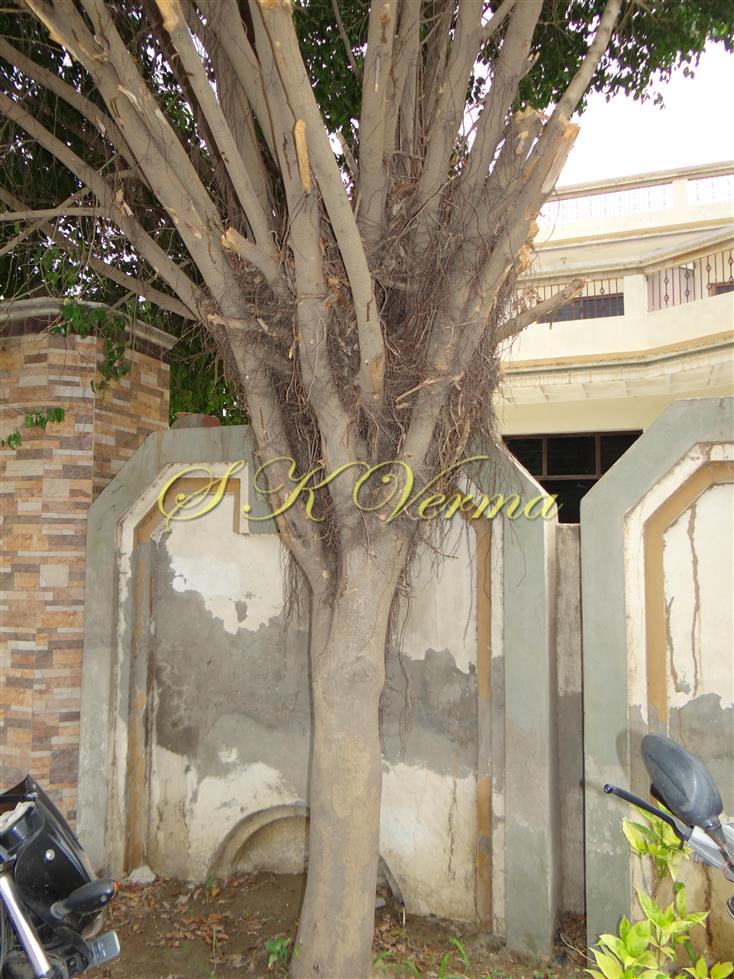
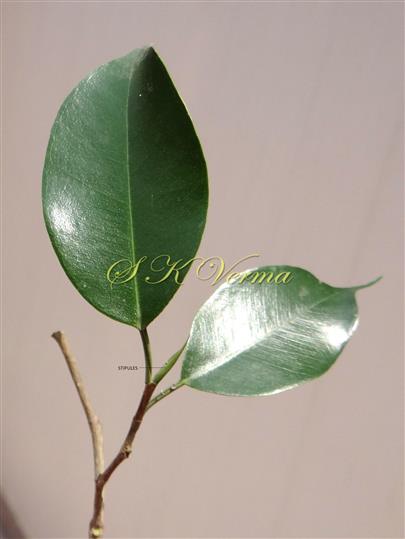
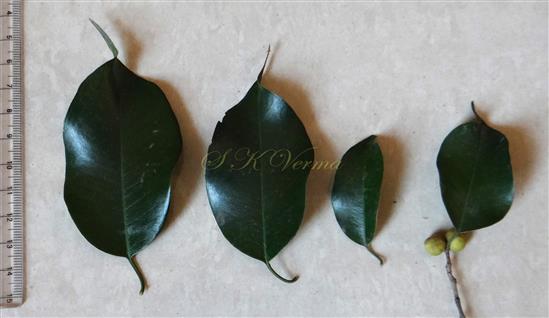
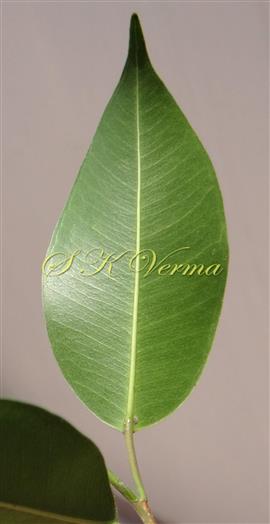
-DSC09451.jpg)
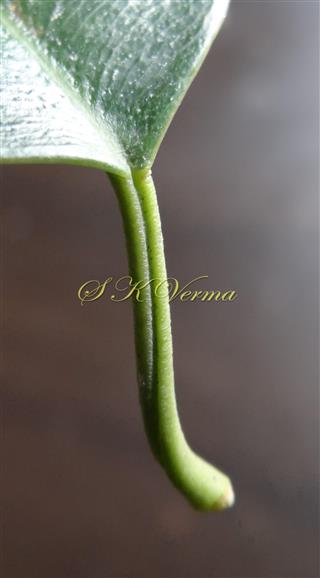
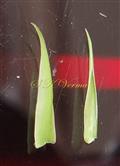
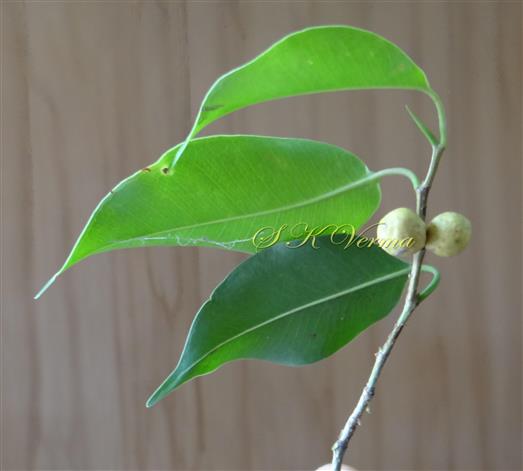

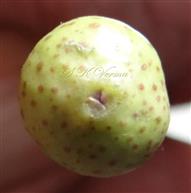











-DSC09451.jpg)






